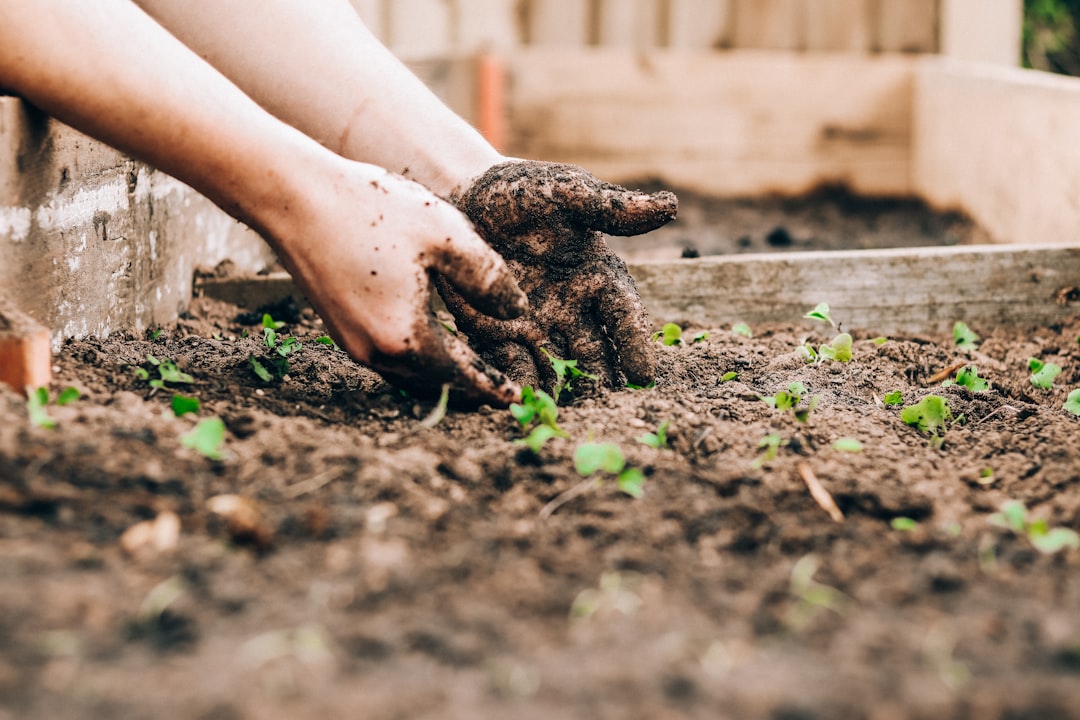If you’re starting a garden, choosing the right type of garden bed is one of the most important decisions you’ll make. The type of garden bed you select will depend on your space, budget, and gardening goals. Each type has its own advantages, challenges, and best-use scenarios. This guide will help you understand the different types of garden beds—in-ground, raised beds, containers, and vertical systems—so you can choose the one that works best for you.
1. In-Ground Garden Beds
An in-ground garden bed is the most traditional and natural method of gardening. It involves planting directly into the soil of your yard or plot.
Advantages
-
Cost-Effective: No additional materials are required, making it an affordable option.
-
Large Growing Space: You can plant as much as your yard allows.
-
Water Retention: Soil retains moisture better compared to raised beds or containers.
Challenges
-
Soil Quality: If your soil is poor, you’ll need to invest time and resources into improving it (e.g., adding compost or organic matter).
-
Weed Management: Weeds are more likely to invade in-ground beds, requiring consistent maintenance.
-
Drainage Issues: Poorly draining soil can lead to root rot.
Best For:
Large spaces, experienced gardeners, and those with naturally good soil.
2. Raised Garden Beds
Raised beds are elevated garden plots typically framed with wood, metal, or stone. They sit above ground level and are filled with a mix of soil and compost.
Advantages
-
Improved Soil Quality: You have full control over the soil composition.
-
Better Drainage: Raised beds drain more effectively, reducing the risk of waterlogging.
-
Ease of Access: The elevated height reduces the need for bending, making it great for people with mobility issues.
-
Fewer Weeds: Weeds are less likely to invade compared to in-ground beds.
Challenges
-
Cost: Building or purchasing raised beds requires an initial investment.
-
Watering Needs: Raised beds can dry out faster than in-ground beds.
-
Limited Depth: Some plants with deep root systems may struggle unless you build very tall beds.
Best For:
Urban gardens, areas with poor soil, or gardeners who prefer a tidy and accessible setup.
3. Container Gardening
Container gardening uses pots, buckets, or other portable vessels to grow plants. It’s an ideal solution for people with limited space or no yard at all.
Advantages
-
Space Efficiency: Perfect for patios, balconies, and small spaces.
-
Portability: You can move containers to optimize sunlight or protect plants from bad weather.
-
Custom Soil: You can create the ideal soil mix for each plant.
-
Pest Control: Containers reduce exposure to certain pests and diseases.
Challenges
-
Limited Space: Containers restrict root growth, which can limit plant size and yield.
-
Frequent Watering: Containers dry out quickly and may require daily watering.
-
Durability: Some containers, like plastic ones, may degrade over time if exposed to the elements.
Best For:
Apartment dwellers, beginner gardeners, and anyone wanting to grow a few plants in a small space.
4. Vertical Gardening Systems
Vertical gardening involves growing plants upward on structures like trellises, walls, or stacked planters. It’s a creative way to maximize space in small areas.
Advantages
-
Space-Saving: Ideal for tiny gardens, patios, or balconies.
-
Aesthetic Appeal: Vertical gardens can be a beautiful addition to your home or yard.
-
Accessibility: Harvesting and maintenance are easier since plants are at eye level.
-
Improved Air Circulation: Growing plants vertically reduces the risk of fungal diseases.
Challenges
-
Limited Crop Choices: Works best for climbing plants (e.g., tomatoes, beans, cucumbers) and small crops like herbs or strawberries.
-
Initial Setup: Requires structures like trellises, frames, or hanging planters, which can increase costs.
-
Watering Challenges: Watering can be tricky, as gravity causes water to drain quickly.
Best For:
Urban gardeners, those with minimal ground space, and gardeners looking for a decorative touch.
How to Choose the Right Garden Bed
Here are a few factors to consider when deciding on the best garden bed for your needs:
-
Available Space: If you have a yard, in-ground or raised beds may work well. For small spaces, consider containers or vertical systems.
-
Budget: In-ground beds are the most cost-effective, while raised beds and vertical systems may require more upfront investment.
-
Soil Quality: Poor soil conditions may lead you to choose raised beds or containers for better control.
-
Time and Maintenance: Raised beds and vertical systems often require less weeding but more frequent watering.
-
Plants You Want to Grow: Consider the root depth and growth habits of your chosen plants. Some are better suited for one type of bed than others.
Final Thoughts
Each type of garden bed offers unique benefits and challenges, so there’s no one-size-fits-all solution. Whether you’re planting directly in the ground, building raised beds, arranging containers, or going vertical, the key is to choose a setup that matches your space, resources, and gardening goals.
No matter which option you choose, the joy of nurturing plants and watching them grow will make your effort worthwhile. Start small, learn as you go, and don’t be afraid to experiment. With the right garden bed, you’ll soon be enjoying fresh, homegrown produce straight from your garden!

Comments
No comments yet. Be the first to comment!
You must be logged in to comment. Login